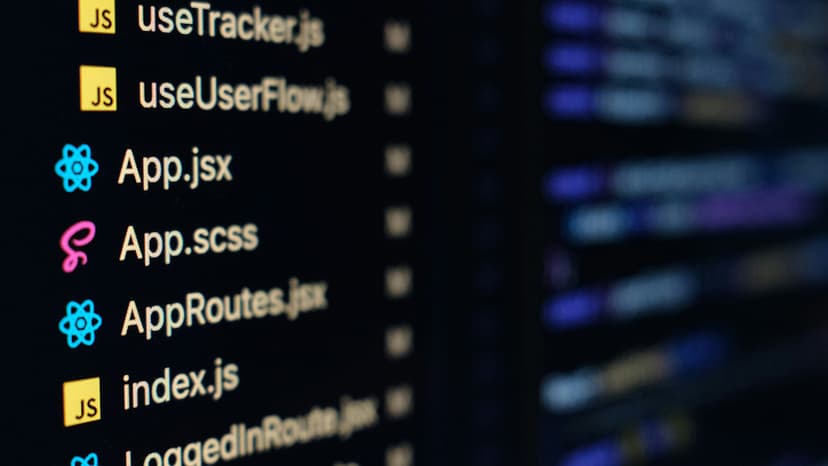Guide to Committing Code on GitHub
GitHub is a leading platform for collaborative coding. This article outlines the steps to commit code effectively on GitHub.
Set Up Your Camp
To start, you need a GitHub account. If you don't have one, sign up at GitHub. After creating your account, download and install Git on your machine. This software will help you manage your code.
Initialize Your Repository
A repository is where you store your code. To create a repository on your local machine, follow these steps:
- Open your code directory in the terminal or command prompt.
- Type
git init. - Your directory is now a local repository.
Connect with the Mothership
To sync your local repository with a remote GitHub repository:
- Create a new repository on GitHub. Click the ‘New’ button and give your repository a name.
- Copy the repository's URL.
- In your terminal, link your local repository to the GitHub repository using
git remote add origin [Your Repository's URL].
Commit Like a Pro
When you're ready to commit your changes, follow these steps:
Step 1: Check Your Status
Run git status to see which files have changes that are not yet committed.
Step 2: Stage Your Files
To stage a specific file, use git add [file name]. Use git add . to stage all changes.
Step 3: Commit!
Commit your changes with a clear and concise message, like this: git commit -m "Add animation to homepage".
Step 4: Push to GitHub
Push your local commits to the GitHub repository with git push origin master. If you're on another branch, replace 'master' with the name of that branch.
Branching Out
Branches allow you to develop features or fix bugs without affecting the main codebase. To create a branch, use git branch [branch-name]. Switch to the branch with git checkout [branch-name]. Merge branches with git merge [branch-name].
Pull Requests – The Town Meeting
Use Pull Requests to request feedback or permission to merge your code into the main project:
- Push your branch to GitHub.
- Click the 'Compare & pull request' button.
- Describe your changes and submit.
This allows the community to review and discuss your code.
Beware the Merge Conflicts
Merge conflicts occur when changes clash. Open the conflicting files and look for the markers <<<<<<<, =======, and >>>>>>>. Edit the file to resolve the conflict, then use git add and git commit to finalize your changes.
The Magic of Undoing
If you need to undo commits, use git revert or git reset. Be cautious, as these actions require careful consideration.
Keep Learning!
Your coding journey doesn't stop here. GitHub offers many features like Forking, Starring, and GitHub Actions. Explore these to enhance your skills.
Now you know how to commit your code to GitHub.












